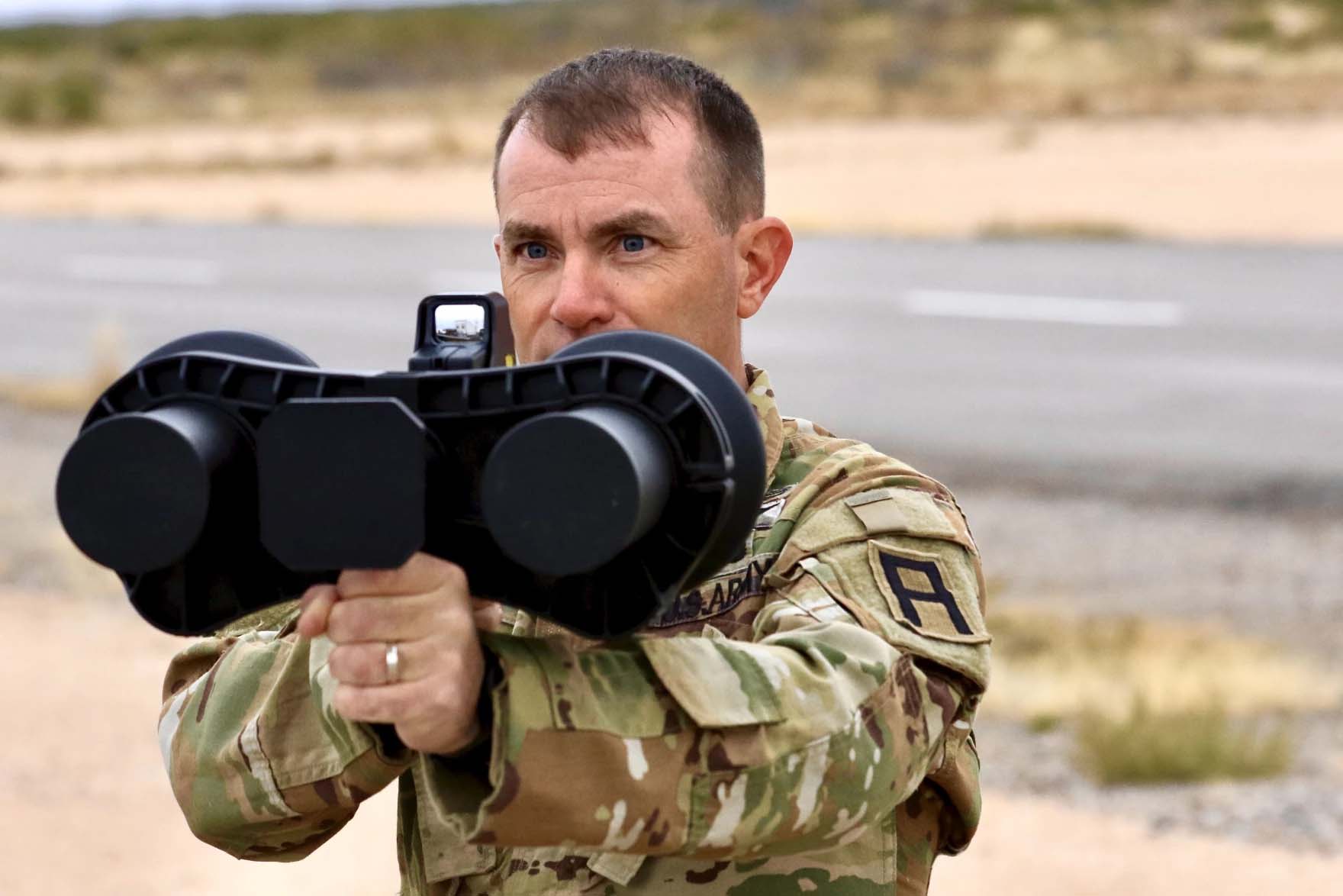From the American Homefront Project:
The U.S. military is opening an opening a “university” next month to train troops to defend against a rapidly-evolving weapon that is changing the nature of war — small drones.
The urgency of developing and teaching effective countermeasures for them has been underlined by the war in Ukraine, where both sides routinely use small drones to pinpoint each other’s locations. Some drones also can drop small bombs or, loaded with explosives, find a target and fly into it.
“You’re seeing drones used on a scale that’s never been seen before,” said Stacie Pettyjohn, the director of the defense program at the Center for New American Security.
So many drones are being used in the war that one British think tank estimated Ukraine alone was losing 10,000 a month. That figure may be high, but Pettyjohn said there’s no question the numbers are substantial.
“There you see both sides using them and adapting and sort of learning from each other, and then developing new ways to counter them,” she said.
For the U.S. military, the mission to counter small drones has become critical.
“We don’t have five years to wait for the perfect system,” said General James Rainey. He leads Army Futures Command, which helps the Army keep pace with changes in technology and other aspects of warfare.
“We’ve got to rapidly innovate with what’s possible now and keep getting better, ” Rainey said. “It’s going to be something you’re going to have to deal with continuously and be adaptive when you fight the next time.”
The challenge of countering small drones is getting the kind of intense, almost moon-shot-like focus that defeating improvised bombs received during the wars in Iraq and Afghanistan. But Rainey said there are differences, including that drones are proliferating faster.
“This is a much larger problem when it comes to scale and speed of disruption,” he said.
The Pentagon calls drones “UAS” for unmanned aircraft systems, and at the Army’s Joint Counter Small-UAS office, Colonel Glenn Henke is a deputy director.
His office coordinates anti-small drone efforts for all service branches, works with industry to develop counter-drone systems, and trains troops.
Even before Russia invaded Ukraine, he said, the U.S. military had begun planning a new “counter-Small UAS University.”
It’s at Fort Sill, Oklahoma, and the first classes begin Oct. 16. Henke said it will eventually train about 1,000 troops a year to plan, install, and operate a variety of anti-drone defenses.
“There’s no silver bullet in any of this; there’s no one system that will do everything,” he said. “So you have to have a system of systems approach and that allows us to address the threats … that can be employed against us and our allies.”
The university will offer three main types of instruction.
One will be for troops tasked with operating counter-drone systems, with classes tailored for the different needs of the Army, Navy, Air Force, and Marines.
Another will be for planners who have to figure out things like the best locations for sensors to detect drones and weapons to counter them.
Lastly, an installation protection course will train troops to set up and operate counter-drone systems to protect existing U.S. bases.
Given the rapid evolution of drones and counter-drone systems, a key challenge will be staying up to date.
“This is a real threat, and it’s evolving daily,” Henke said. “Most Army schools you don’t build it so that you might have to change your training, curriculum, and instruction every six months as the threat evolves, and that’s what the joint counter-UAS university is doing there.”

A security officer responds to a simulated suspicious drone during a drill at Naval Support Facility Indian Head in Maryland. The drill was part of a February 2023 readiness exercise.
Griffin Kersting / U.S. Navy
Henke said the military already has more than a dozen counter-drone systems in use, not just to defeat drones but also to quickly identify and track them.
The weapons that knock out drones use several approaches. Some strike drones with physical objects such as shrapnel or even other drones. Some use microwave energy or lasers. Others try to disrupt the signals that control drones.
Pettyjohn, the think-tank drone expert, said each approach has strengths and weaknesses.
For example, she said high-powered microwave systems and lasers can counter drones by frying their electronics or physically disabling parts of them. But the systems also can have large energy requirements and might damage other electronics in the area, including things belonging to friendly forces or civilians.
Another challenge is cost.
“Right now, a lot of the weapons that the U.S. relies on for air defense are prohibitively expensive,” Pettyjohn said. “If you’re firing off several hundred-thousand dollar, or million dollar, missiles to destroy a cheap drone, it’s just not something that’s going to be sustainable over the long run.”
She said it’s also crucial to understand that stopping small enemy drones is just one problem the military faces as it tries to keep pace with the technology-driven changes in warfighting.
Small drones, for example, are already being used by the Russians as just one piece of sophisticated attacks.
“You have to be prepared for these complex heterogeneous attacks that include things like cruise missiles, faster, hypersonic threats, ballistic missiles,” she said. “A smart adversary is going to use these weapons together to overwhelm your air defenses or to temporarily punch holes through them. So you need this integrated approach to it.”
She said Russia has already begun using such tactics in Ukraine. And several nations – some friendly, some not – are developing drone swarms – dozens of tiny aircraft that fly together.
“Even right now you’re seeing with these smaller drone attacks where two or three sometimes are operating together, that is enough to overwhelm the air defenses,” Pettyjohn said. “So you have to imagine that the challenges associated with that if you move into dozens or hundreds of drones.”
Henke’s office at the Pentagon recently put out a call for proposals for systems to counter drone swarms. It wants manufacturers to have working versions ready to demonstrate in June.
Henke said he just saw a drone swarm himself for the first time in a demonstration on a practice range.
“That,” he said, “was fairly unsettling.”
This story was produced by the American Homefront Project, a public media collaboration that reports on American military life and veterans.














